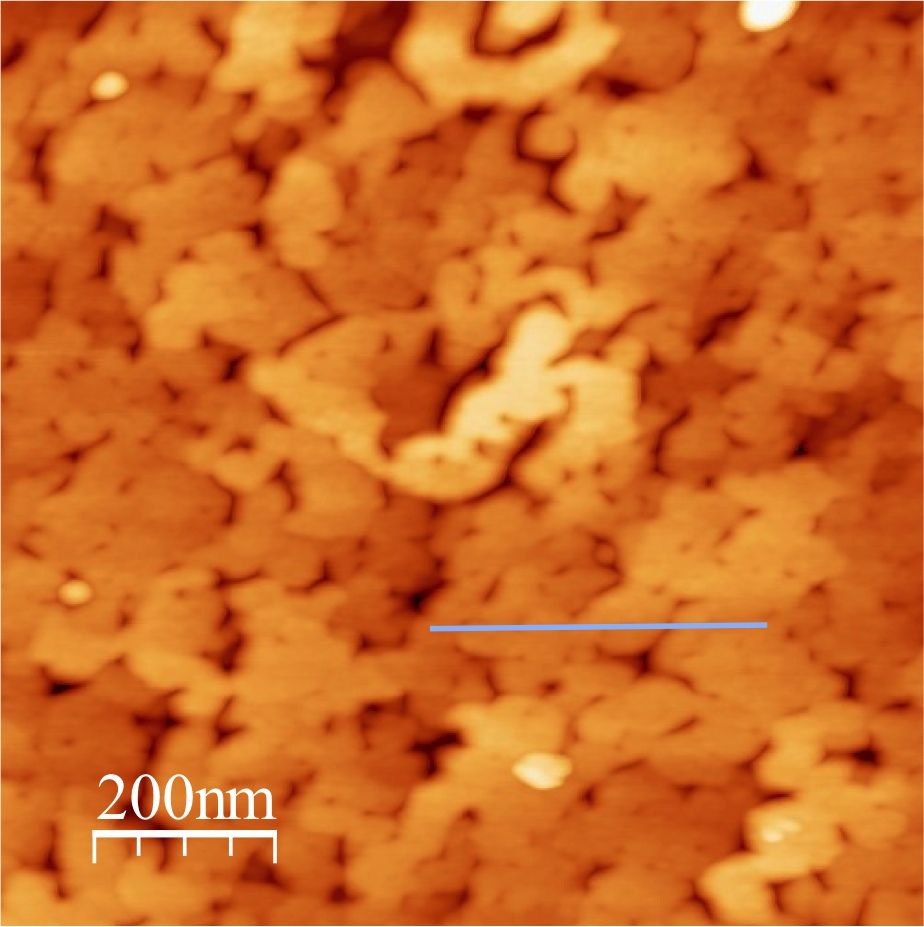New Magnetic Material Could Boost Computer Data Storage

Computer hard drives could soon have a lot more storage capabilities, thanks to a recent discovery of a highly sensitive magnetic material that changes its magnetism with the tiniest shifts in temperature.
The material doesn't have a name yet, but the discoverer, Ivan Schuller, said "magnetic-oxide hybrid" might be a fitting name, as its properties seem to be unique.
"To the best of my knowledge, this is the first time that anything like this has been claimed in any material," said Schuller, of the University of California, San Diego, who presented the results at the recent American Physical Society meeting in Denver this month.
The material consists of a thin layer of nickel, which is magnetic and extremely sensitive to heat, and another layer of vanadium oxide, whose properties change with temperature. When cold, vanadium oxide acts like an insulator, but at high temperatures it behaves like a metal. In between, however, its properties are rather peculiar, Schuller said. [Twisted Physics: 7 Mind-Blowing Experiments]
"By putting together an oxide and a magnetic material, we created an artificial material, which has unique magnetic properties," Schuller told Live Science. "Because of the interaction at the interfaces — boundaries — between them, the magnetic properties are very unique."
Any magnetic material has two important properties: magnetization and the coercivity, which generally depends very weakly on temperature. The coercivity is the smallest reversed field that needs to be applied to turn over a magnetic moment (a measure of the strength and direction of a magnetic field).
For example, in the case of a simple fridge magnet the coercivity is very large, and so at room temperature it is always magnetized. To decrease its coercivity and thus make it nonmagnetic, the magnet has to be heated to a high temperature. To re-magnetize it, the magnet has to be placed in a magnetic field.
Sign up for the Live Science daily newsletter now
Get the world’s most fascinating discoveries delivered straight to your inbox.
But the new material dramatically changes its coercivity in an interval of just 10 degrees temperature change, said Schuller, which eliminates the need to heat it to a high temperature to re-magnetize it.
Boosting data storage
In addition to using temperature, the researchers said they could possibly use voltage or current to control the coercivity of the magnetic material.
Since this is still basic research, it is hard to predict where the unique properties of the new material could be applied to some consumer technology, Schuller said. "But there are two potential areas in which this has potential: memory and transformers." [The Evolution of Computers: 1882 to Present]
Indeed, future magnetic memory systems get heated up with lasers, which involves a lot of heat. But with the new material, "you barely need to heat it by 20 degrees Kelvin to get a fivefold change in coercivity," he said.
This material could also be used in electrical networks, for example, a new type of transformer that could cope with sudden current spikes, such as during a power surge or a lightning strike. This would act as a self-healing switch — a so-called "current fault limiter."
Physicist David Lederman of West Virginia University, who was not involved in the study, said that control of magnetic properties just by applying an electric field in the form of a voltage "is of great interest for data storage and magnetic sensor applications."
"Normally, magnetic properties are controlled by magnetic fields, but application of magnetic fields in small volumes is difficult to do. However, application of an electric field to a small volume is relatively easy, and the response is also a lot faster," he said.
A magnetic memory has two elements. One stores the information and consists of small magnetic bits, which can be reversed by the application of a magnetic field. This is the "writing" process. The state of these bits is then "read." The reader/writer is a "read head," which is sensitive to the state of the bit that is close by.
The very same read heads that are used for magnetic memories are also used to detect small magnetic signals for a variety of applications: rotating wheels, magnetic biomolecules, passenger automobiles, cell phones, GPS receivers, compasses, and so on.
And since Schuller's team has demonstrated that the metal-insulator transition temperature can in principle be modified by the application of an electric field, it then could be possible "to change the coercivity of the material just by applying an electric field."
Such electrical control over magnetism has not been demonstrated yet, though — and it should be addressed in the future, for the research "to have significant technological impact," Lederman said.
The research appears in a recent edition of a journal Applied Physics Letters.
Follow us @livescience, Facebook& Google+. Original article on Live Science. Follow the author on Twitter @SciTech_Cat.













